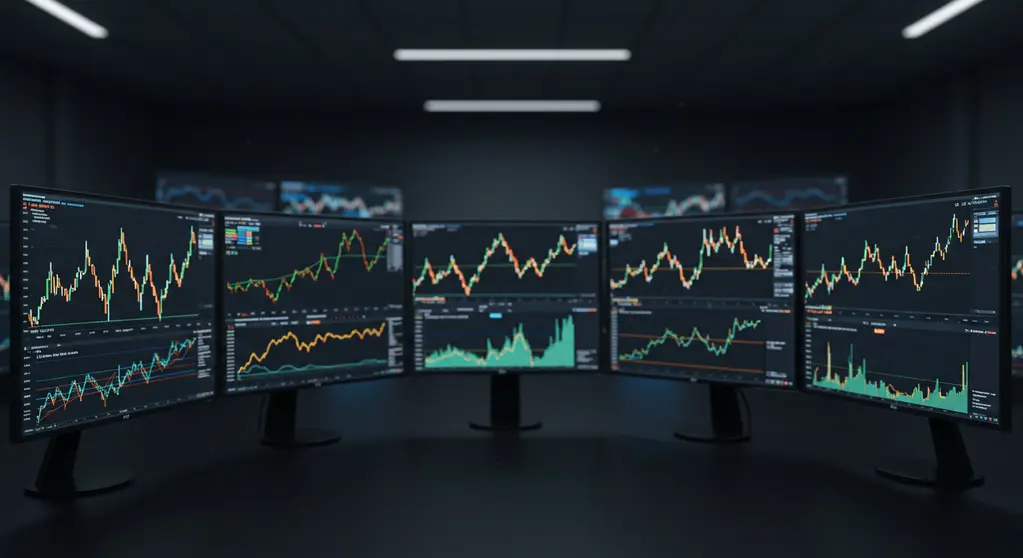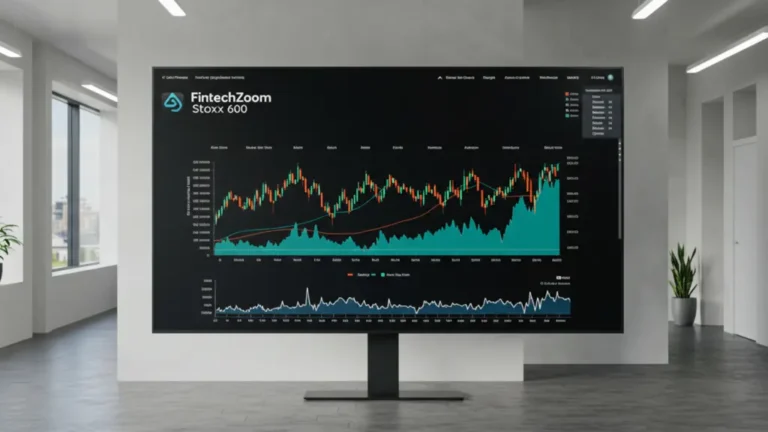FintechZoom.com Crypto Halving The Truth Behind The Hype
Crypto halving is a huge event that occurs regularly in the world of digital coins. This process happens in major coins every few years. It cuts mining rewards in half, which lowers the supply. And you know each halving brings major changes.
People can use FintechZoom.com to look at how halving affects prices, rewards earned by miners, and market activity. I’m here to share all the insights I got from FintechZoom.com crypto halving.
What Is Crypto Halving?
In crypto halving, miners get paid half of what they did before for working with the same cryptocurrency. Each few years, the process happens mainly with coins like Bitcoin and Litecoin. It reduces how many new coins are made and released into the market. Let’s break it down:
- Miners get paid in coins for confirming transactions.
- After halving, they earn 50% less.
- This means less new supply, which can lead to higher prices if demand stays strong.
FintechZoom.com covers halving events because they often cause big changes in the market. People look there for updates, expert views, and price trends.

Why Halving Matters in the Crypto Market
Crypto halving is a big deal because it changes prices and literally shakes up the market. That’s why it’s one of the most important events in crypto.
It Reduces the New Coin Supply
Miners receive rewards for every halved, receiving 50 percent fewer Bitcoins per block. So, the circulating supply of new coins decreases. Reductions in availability while demand stays steady or goes upward normally push prices higher. For this reason, many investors keep an eye on Bitcoin halving.
It Affects Miners’ Profits
Miners work hard to secure the network. Halving cuts their earnings in half, so some stop mining if the price doesn’t go up. This can make the network more secure and harder to attack because only the most efficient miners remain.
It Often Sparks Market Hype
From what I’ve seen, every halving brings a lot of attention. Traders expect price jumps and start buying in advance. This hype can drive short-term price surges, especially in Bitcoin. FintechZoom.com often explains how past halvings affected prices and investor behavior.
A Closer Look at Bitcoin Halving
Bitcoin halving isn’t just a supply event — it also reveals how the market reacts under pressure. After each halving, there’s a period of uncertainty where miners and investors adjust to the new reward system.
I’ve seen many traders use halving as a signal to re-evaluate their long-term strategies. It’s not only about price increases—it’s about how the Bitcoin network proves its strength and stability. Even though bitcoin mining becomes less profitable short term, history shows that halvings help drive long-term growth.
Platforms like FintechZoom.com follow these changes closely, often pointing out how each halving creates a shift in market confidence. It’s like a stress test that Bitcoin usually passes with even more attention from the public.
5 Risks of FintechZoom.com Crypto Halving

At first, I thought crypto halving always meant prices would skyrocket. But after digging deeper, I realized there are real risks and some common myths that can mislead investors, even for those watching assets like a crypto ETF.
Mining Becomes Unprofitable
After halving, miners earn half the rewards for the same work. If the coin’s price doesn’t rise, many small miners can shut down. This can reduce the network’s security and slow down transaction times.
Price Doesn’t Always Go Up
Many believe halving automatically triggers a price rally. But in some cases, prices drop or stay flat for months after the event. Markets react to many factors, and halving is just one part of the bigger picture.
Network Instability
A sudden drop in mining activity can make the network unstable. Fewer miners mean slower block times and longer transaction confirmations. This can hurt user trust and slow down adoption.
Market Hype and FOMO
Halving often creates hype and fear of missing out (FOMO), especially on social media. This can lead to impulsive buying and sharp sell-offs when expectations aren’t met. Volatility increases, which can catch new investors off guard.
Overreliance on Historical Trends
People often expect similar price movements after every halving because of past patterns. But the market changes, and history doesn’t always repeat. Copying what was done in the past can result in making poor investments.
Future of Crypto Halving
In many cryptocurrencies, crypto halving plays an important role, mainly in Bitcoin. It happens about once every four years, reducing the payout miners get for processing new blocks in half. This makes it so that miners earn fewer coins for their work, which then leads to less new money added to the market.
The purpose is to avoid inflation and to keep the coin fewer over the years. Looking at the past, halving tends to cause prices to rise since the lower number of coins and the same demand increases the cost. Yet, miners can suffer because their earnings go down when prices stay stable.
When mining is not profitable in the future, some miners will leave the networ,k which could lower the network’s safety. Bitcoin is planned to go through halving as a way to last over time and hold its worth.
Conclusion
The process of crypto halving is a main factor in how digital currencies will evolve. That’s why both supply, mining rewards, and price movements can be influenced by blockchain activity. FintechZoom.com gives you plenty of information to explain the changes and their results in the market.
Halving can mean a lot of opportunities, but it also includes some risks and uncertain situations. Looking at trustworthy sites like FintechZoom.com can give you the knowledge needed to act more wisely in crypto investments.
FAQs
For Bitcoin, halving occurs roughly every 4 years, or every 210,000 blocks mined. Other coins have different schedules.
Not always. While prices often rise after halving, sometimes markets stay flat or even fall, depending on other factors.
Anyone making investment decisions should study supply fluctuations, look at mining activity, follow prices, and consider what experts say.







